Breathing Life into Delhi: A Technological Odyssey for a Pollution-Free Tomorrow
What can be done to reduce the pollution level in Delhi?
In the labyrinth of Delhi's urban landscape, where tradition and modernity converge, a silent struggle unfolds against a formidable adversary—air pollution. This isn't just a challenge; it's an invitation to reimagine the city's future through the lens of technology. As we embark on this exploration, envisioning innovative possibilities, let's draw inspiration from the pioneering spirits who have championed disruptive change.
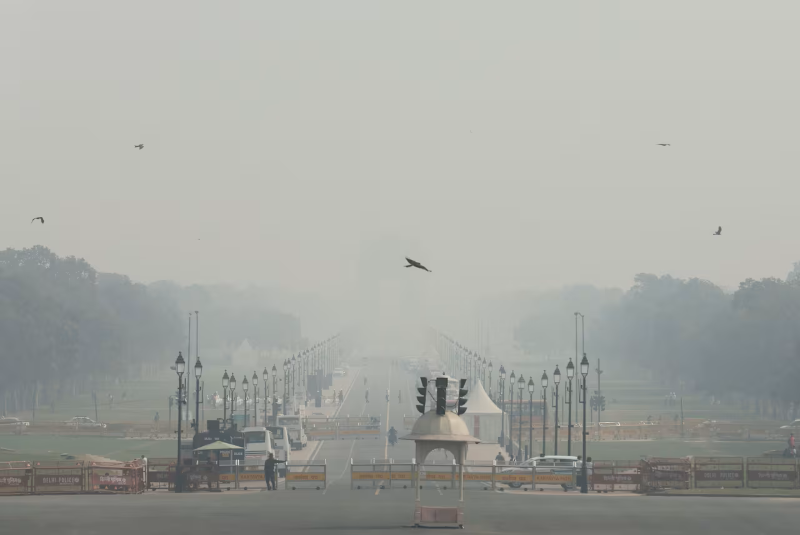
Air Quality Monitoring with IoT: To improve, you have to first measure
In a city teeming with life and chaos, the need for real-time air quality data is more than an aspiration; it's a necessity. The Barcelona "CityOS" project offers a tantalizing glimpse into the potential of a sensor-laden urban fabric. Can we envision Delhi as a living, breathing entity, pulsating with data? The deployment of electric vehicles equipped with data-gathering capabilities not only addresses transportation needs but transforms these vehicles into emissaries, mapping the city's pollution landscape in real-time.
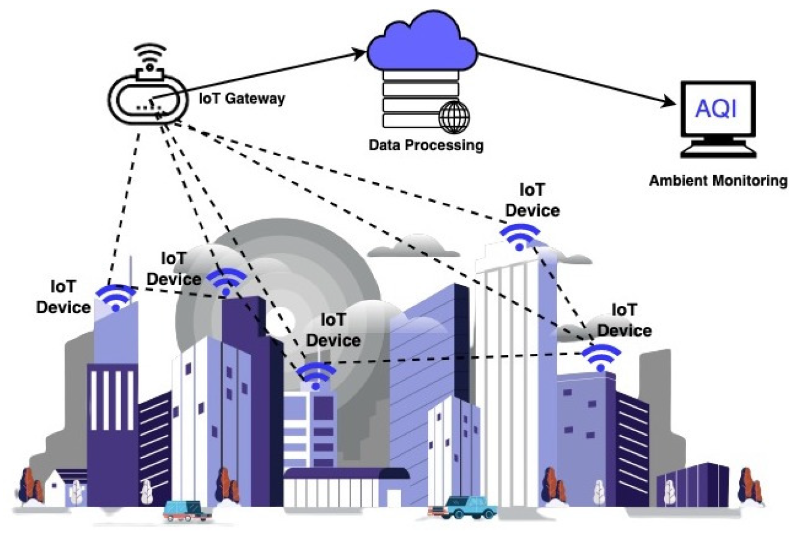
Smart Transportation for Emissions Reduction: Use smart technologies to improve quality of life and environment
The saga of urban mobility in Delhi is one marked by congestion and emissions. Oslo's embrace of electric buses and intelligent traffic management hints at alternative narratives. What if our buses hummed with electricity, silently navigating the streets? How might congestion pricing reshape our urban corridors? These aren't just technological solutions; they're threads that weave into the fabric of a transformed city experience.

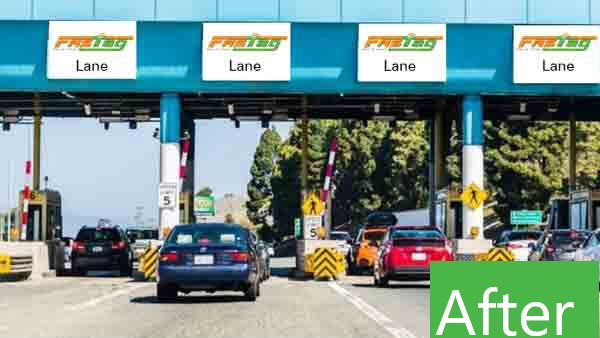
Leverage: Green Building Technologies
In the midst of concrete jungles, the call for sustainable urban architecture is not just an echo; it's a plea for a new aesthetic. Singapore's Marina Bay Sands stands tall, not just in structure but as a testament to marrying technology and sustainability. Can our cityscapes breathe, absorbing pollutants, while offering a visual feast? The intersection of green building technologies and urban planning isn't just about efficiency; it's about crafting a narrative where each building tells a story of a city's commitment to a healthier tomorrow.
Waste Management Solutions: stop open dump sites
The saga of waste management isn't just a tale of disposal; it's a reflection of our values and resourcefulness. Sweden's waste-to-energy initiatives beckon us to reimagine waste as potential, not a burden. What if our trash bins were portals, redirecting waste into sources of energy? The journey from waste to resource isn't just a technological feat; it's a cultural shift toward viewing our discarded materials as opportunities.
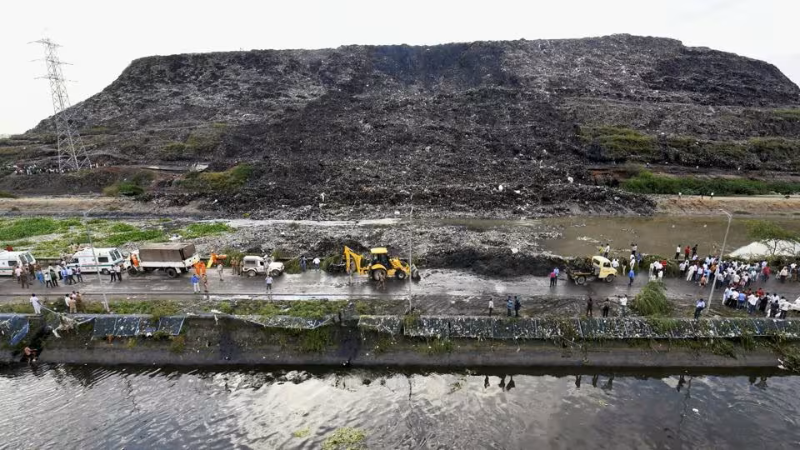
Promoting Renewable Energy
The energy landscape of Delhi is at a crossroads, and the choices made today resonate for generations. Copenhagen's embrace of solar and wind energy isn't just a power shift; it's a mindset shift. Can Delhi's energy future be one where the sun powers our days, and the wind whispers through our nights? The adoption of renewable energy isn't just about reducing pollution; it's about crafting a sustainable energy narrative that reverberates across the cityscape.
Encouraging Green Spaces
Amidst the relentless pulse of urban life, the call for green spaces isn't just a plea for aesthetics; it's a cry for balance. Seoul's Cheonggyecheon restoration project isn't just about revitalizing a stream; it's a testament to the rejuvenating power of nature within the city. Can we imagine Delhi as an urban oasis, where parks and green belts aren't just luxuries but necessities? The integration of green spaces isn't just a planning decision; it's a commitment to the well-being of the city and its inhabitants.
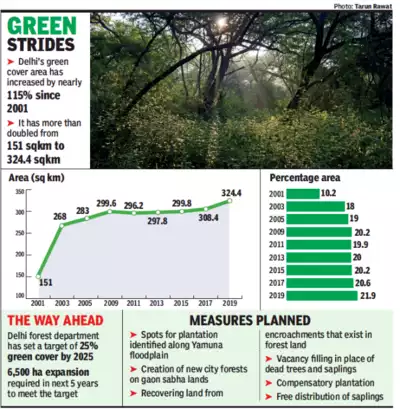
The Promise of Satellite Towns for Sustainable Urban Development
To alleviate congestion in Delhi, the creation of satellite towns emerges as a strategic urban planning solution. This approach offers a myriad of benefits, such as distributing the population, easing strain on the city center, and curbing environmental issues. New towns can foster economic growth, provide alternative housing options, and facilitate the development of modern infrastructure. However, successful implementation necessitates meticulous considerations. Crucial factors include robust transportation connectivity, affordability of housing, and community engagement in the planning process. Sustainable and diversified development, coupled with phased implementation, can ensure long-term success. As Delhi expands, a well-crafted policy framework and substantial investment in infrastructure become imperative for a balanced, resilient, and thriving urban landscape. The focus on satellite towns not only decongests Delhi but also fosters a more sustainable and equitable urban future.
Technology Development Frameworks in Action
As we traverse this technological landscape, let's not forget the frameworks guiding our journey. Design thinking invites us to empathize, challenging us to understand the city's pulse. Agile development demands not just solutions but an iterative dance with the city's evolving needs. Aligning with Sustainable Development Goals isn't just a checkbox; it's a pact with the future, ensuring that each technological stride contributes to a global vision of sustainability.
Prioritization based on Ease of Implementation and Capital Expenditure
As we navigate the myriad possibilities of technological intervention, a crucial element emerges: prioritization. Delhi, like any sprawling metropolis, faces resource constraints. Therefore, decisions on where to allocate efforts and capital must be nuanced. Implementing air quality monitoring through IoT, for instance, could offer relatively quick wins with a modular rollout, providing immediate data-driven insights. Smart transportation initiatives might demand more significant initial investments but could be phased in over time, ensuring a gradual but impactful transformation. Similarly, the integration of green building technologies and waste management solutions may require strategic planning and collaboration with the existing urban landscape. In the pursuit of a sustainable and pollution-free Delhi, the order and priority of these technological endeavors become as pivotal as the innovations themselves.
Conclusion
In concluding this exploration, we find ourselves standing at the intersection of aspiration and practicality. The spirit of disruptive innovation, echoed by those who dared to dream differently, now beckons Delhi to script its own narrative of transformation, accounting for both the immediate and long-term needs of the city. The canvas isn't just waiting to be painted; it's alive with the vibrant hues of technological innovation. The road to a pollution-free Delhi isn't just a path; it's a strategic journey, where citizens, technologies, and visionary frameworks converge to craft a city that breathes, evolves, and thrives, with each step informed by the judicious prioritization of ease of implementation and capital expenditure.